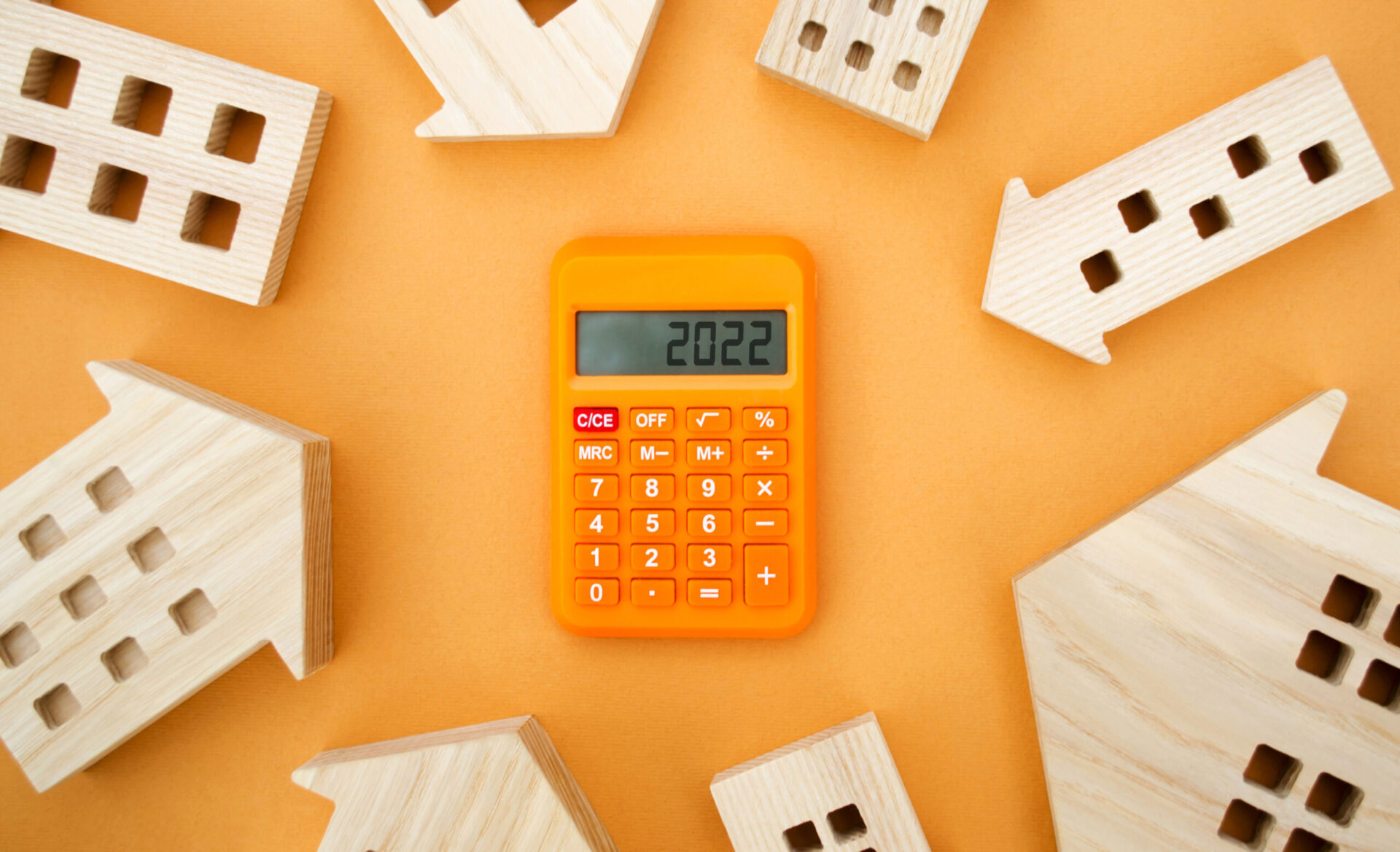The number of loans in forbearance fell 11% in January to 1.30% of servicers’ portfolio volume, according to the Mortgage Bankers Association’s (MBA) Loan Monitoring Survey.
MBA now estimates that 650,000 homeowners remain in forbearance plans.
This is the second consecutive month that forbearance exits hit a new low since June 2020.
Of Fannie and Freddie loans, the number in forbearance dropped 4 basis points to 0.68%. Ginnie Mae loans saw a 3 basis point drop to 1.60%, while PLS and portfolio loans saw a 41 point decline to 3.02%.
But re-entries and new forbearance requests rose, especially for Ginnie Mae loans. While forbearances keep falling, January saw the smallest monthly decline in a year.
Of all forborne loans, 26.8% are in the initial forbearance plan stage and 59.5% are extensions. The rest (13.7%) are re-entries, including re-entries with extensions.
Black Knight has noted that as many homeowners have already exited their plans, expiration activity is slowing. Moderating improvement is the result of this “gradually flattening slope.”
“The positive news is that the percentage of borrowers who were current on their mortgage payments increased from December 2021,” said Marina Walsh, CMB, MBA’s Vice President of Industry Analysis.
“However, there was some deterioration in the performance of borrowers with existing loan workouts. Borrowers in loan workouts may have experienced new life events unrelated to the pandemic, or alternatively, the omicron variant may have triggered or re-triggered employment, health, or other stresses.”
Most homeowners who have exited forbearance are up to date on their payments and not at risk of foreclosure. Filings are returning slowly, and 2022 should see a moderate climb back to normal levels, according to Rick Sharga, executive vice president at RealtyTrac, an ATTOM company.
“Government and mortgage industry efforts have prevented millions of unnecessary foreclosures, and while it’s likely that we’ll see a slight increase in the first quarter, we probably won’t see foreclosure activity back to normal levels before the end of 2022,” he said.
